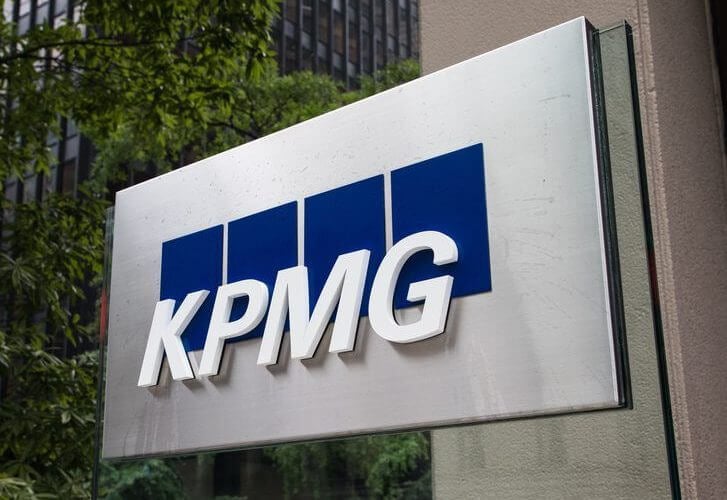As if the standard auditor’s opinion weren’t already sleep-inducing enough.

Standards in the United States now require auditors to identify critical audit matters (CAMs) in their reports on the financial statements of large public companies—things that, in the language of Auditing Standard 3101.11 of the Public Company Accounting Oversight Board, involved “especially challenging, subjective, or complex auditor judgment.” Here the U.S. begins to converge—cannot say “catch up”—with the key audit matters (KAMs) accumulating around the rest of the world under International Auditing Standard 701, issued in 2016.
A wealth of research opportunities is opened. A starting point is the challenge to the data miners, to discern whether this evolution from the traditional one-page “pass/fail” opinion has any actual impact on investor behavior.
Put more bluntly, “Who cares?” So far the proposition is empirically untested, in the U.S. or elsewhere. Two large-company failures, however, point to the contrary.
First was with the complete absence of share price impact when Deloitte’s Amsterdam office included five KAMs in its eight-page report dated Dec. 6, 2016, on the 2016 financial statements of South Africa’s Steinhoff International Holdings NV, the year before the revelation of massive scandal gutted that company’s value and stock price, and led Deloitte on Dec. 13, 2017, to withdraw its report.
The second is of current front-and-center attention in the U.K.—the business cessation on Sept. 23, 2019, of the venerable travel operator Thomas Cook, that country’s most recent large-company collapse.
The blame game started the next day, with the Financial Reporting Council’s indication of interest, promptly followed by the kick-off of its investigation on Oct. 1—another reprise of the perpetual cry, “Where were the auditors?” The press quickly zeroed in on the absence in Ernst & Young LLP’s opinions for 2017 and 2018 of doubts about the company’s “going concern”—not expressed until its review report of May 16, 2019, on the company’s half-year results, which stated (page 33) that “a material uncertainty exists (that) may cast significant doubt on the company’s ability to continue as a going concern.”
But let’s go back—this being about whether investors value available information.
EY’s report dated Nov. 28, 2018, on Thomas Cook’s 2018 financial statements, while not qualified, did add a new and additional KAM to the prior year’s six—an essay of over 450 words specifically labeled “Going concern basis used in preparation of the Annual Report & Accounts” (page 112).
The issue, which EY identified (page 114) as “one of the matters that had greatest impact on the allocation of partner time,” detailed at length the attention by EY itself and the company’s management and directors to the company’s ability to borrow and continue to operate within its financial covenants, which as EY put it (page 112), “remain tight, but pass under management’s severe but plausible scenarios.”
It will be for the FRC’s investigation to assess EY’s compliance with the technical and complex requirement of the professional standards.
However, those keeping track should observe the activity in the company’s stock price. That started with a drop (in pence) from 33.68 on Nov. 29 to 22.72 on Dec. 4, followed by a sharp rise to 34.40 on Dec. 5, all the way to 38.40 on Jan. 4. Not until after that five-week run-up, and five weeks after the KAM disclosures on the company’s going concern, in other words, did its share price begin its terminal decline, which extended steadily all the way to the company’s September collapse.
A scrubbing of the news archives for other possible price-moving information might shed light. Until then, advocates for the proposition that KAMs and CAMs credibly attract serious investor attention must meet the serious question whether and how a sentient reader could have resisted EY’s ominous language, repeated a second time for emphasis, that the company’s survival depended on fulfillment of “severe but plausible scenarios.”
There’s more to the CAM/KAM story—but enough for today.
Jim Peterson is a 19-year veteran of Arthur Andersen’s internal legal group. He has been writing about the accounting firms and the Big Audit model since 2002, on his blog, Re:Balance, and in his two books, “Count Down: The Past, Present and Uncertain Future of the Big Four Accounting Firms” (2d ed. 2017) and, just released this May, “DOA: Can Big Audit Survive the UK Regulators?”



